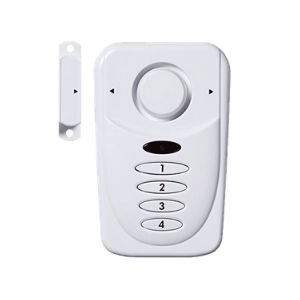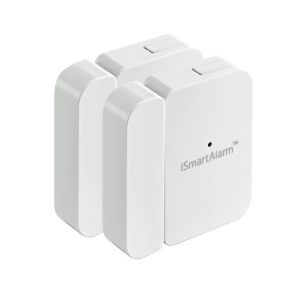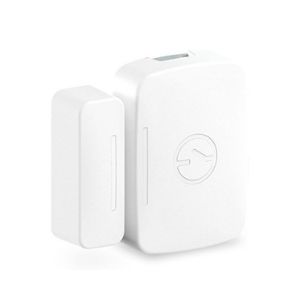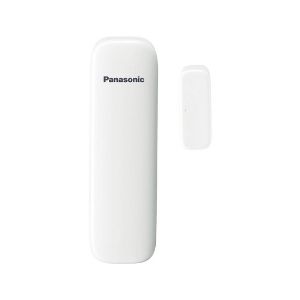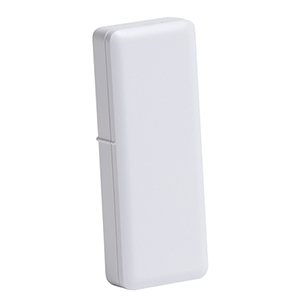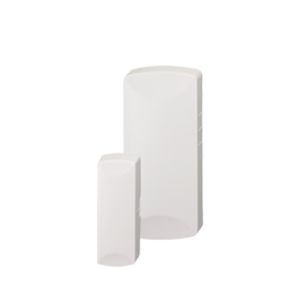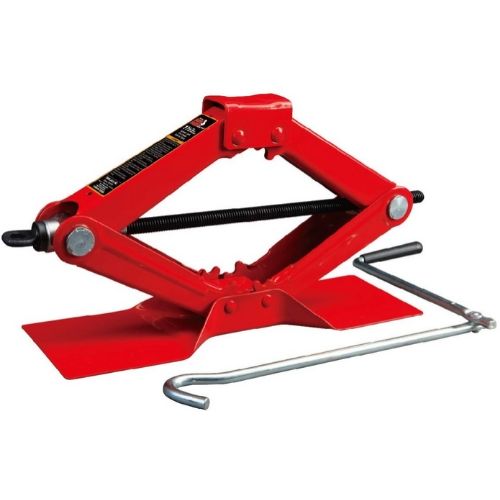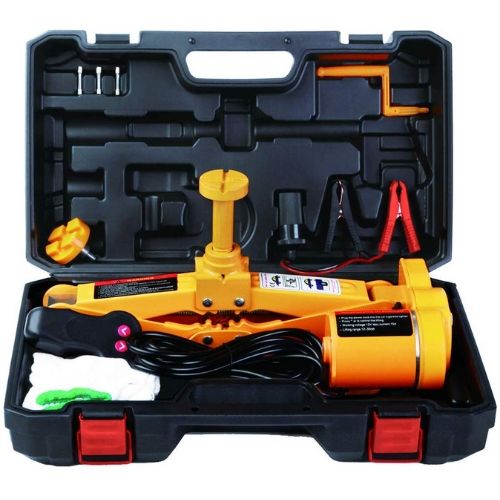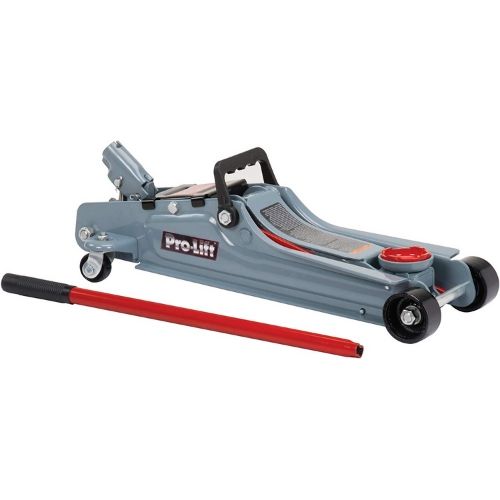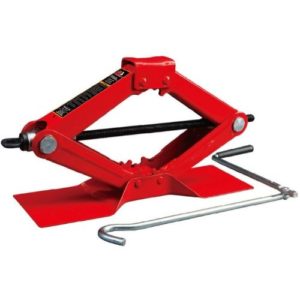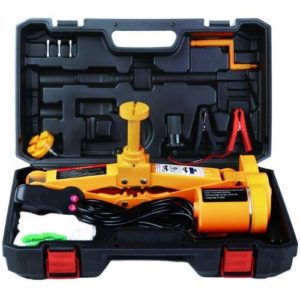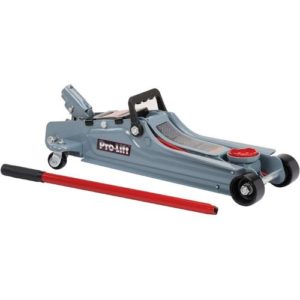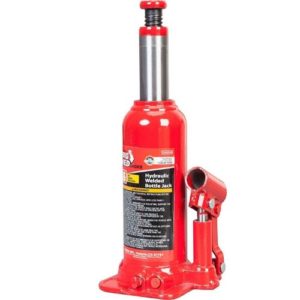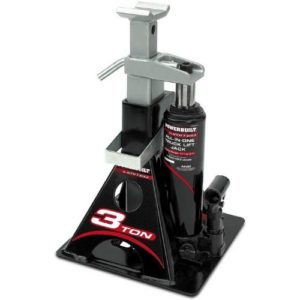- À la carte systems
- Video monitoring
- Limited home automation
- Low monthly fees
- 24/7 customer service
- New company
Bottom Line: SimpliSafe Takes the Lead
SimpliSafe regularly makes the top of our “best of” lists for security systems, and it takes the lead here as well. With wireless, battery-powered devices, it’s simple to install, easy to use, affordable, and convenient. SimpliSafe offers all the basics à la carte, so there’s no need to pay for devices you don’t need. The SimpliSafe app lets you self-monitor your cameras for free, and it’s one of the few security companies that offers video alarm confirmation through its professional monitoring services.
Ring also has a lot going for it—like competitive pricing and a variety of devices that integrate smart home compatibility—but it’s still too fresh on the security system scene for us to evaluate how well it’s working for users. For that reason, SimpliSafe continues to be our trusty top pick.
Compare SimpliSafe and Ring
| SimpliSafe | Ring | |
 |
 |
|
| Starting Monthly Monitoring Cost | $14.99 | $10.00 |
| Basic Equipment Package Cost | $229.00 | $199.00 |
| Outdoor Cameras | No | Yes |
| Build-Your-Own System Option | Yes | No |
| Learn More | Visit SimpliSafe | Visit Ring |
Data as of 10/10/2019. Offers and availability subject to change.
What SimpliSafe and Ring Have in Common
As big players in the DIY home security space, SimpliSafe and Ring have lots in common:
- DIY installation
- No contracts
- Mobile app access
- Affordable equipment
- Low monitoring fees
Both DIY wireless systems are easy to install and uninstall, and neither require a monitoring contract. Both companies have self-monitoring options as well, so you can access your system, get motion detection notifications, and watch your cameras through a mobile app.
Pricing for both SimpliSafe and Ring is comparatively lower than professionally installed brands like ADT, and both systems offer similar basic equipment and features, including indoor cameras, crash and smash protection, and cellular backup.
SimpliSafe and Ring both offer smart home integration. And even though Ring is well known for its Ring Video Doorbell, SimpliSafe also now offers video doorbells as part of its product lineup.
What Makes SimpliSafe and Ring Different
A few distinct—and possibly dealbreaking—differences include the following:
- Outdoor cameras
- Monitoring costs
- Video monitoring
- Smart home integration
- Equipment packages
Ring ends up being slightly cheaper than SimpliSafe, though not by much. But Ring doesn’t offer the à la carte options that SimpliSafe does, so you’ll have to choose from one of its standard packages.
SimpliSafe has been around longer, so it might be a better choice for those who want a company with a more established reputation. SimpliSafe also offers a three-year warranty on its equipment compared to Ring’s one-year. But Ring’s 24/7 customer service is a step up from SimpliSafe’s 9 a.m-to midnight (EST) hours.
When it comes to monitoring, SimpliSafe offers visual alarm confirmation so monitoring agents can access your security camera or doorbell camera footage when your alarm goes off, cutting down on false alarms.
Still, Ring might be a better choice if you want to add outdoor security or smart home devices to your alarm system, because it offers outdoor cameras and Z-Wave and Zigbee functionality. SimpliSafe is a better fit for smaller spaces that don’t need home automation.
SimpliSafe at a Glance

Pros
- Easy installation
- À la carte packages
- 3-year warranty
- Affordable pricing
- Video monitoring
Cons
- No outdoor cameras
- Limited home automation
Pricing, Plans, and Contracts
SimpliSafe is contract-free, and you’ll pay around $230 for a basic system that includes the base station, keypad, one entry (or contact) sensor, and one motion sensor. You can add additional sensors and devices to any package to build your own system or ditch the packages all together and design your own system completely from scratch.
SimpliSafe doesn’t require you to sign up for a monthly monitoring service, but without it, your security system will operate only as a loud alarm to scare off intruders. For $14.99 a month, you’ll get standard professional monitoring so your security system can call out in the event of an alarm.
If you want remote app access to your system to secure entry sensors, your monthly fees go up to $24.99 a month for the Interactive plan. This plan also lets the monitoring center access any SimpliSafe cameras linked to your system for video confirmation of alarm events, and it gives you cloud storage for your cameras’ video footage.
Since there are no contracts, you can cancel monitoring at any time.
Contracts and Extended Warranties
SimpliSafe offers a three-year limited warranty and a 60-day return policy. If you aren’t satisfied with your system for any reason, you can return it for a full refund (including return shipping costs) within 60 days of purchase.
Customer Service
If you need help with your system, SimpliSafe has email support, online help forums, and a customer service line available 7 days a week between 9 a.m. and midnight EST. SimpliSafe has an A+ rating from the Better Business Bureau1, with the main complaints we see about customer support concerning long wait times. But overall, customers have positive things to say about the company.
Home Automation
SimpliSafe’s current smart home options are limited, but they’ve been steadily growing over the past two years. It recently added a proprietary door lock to complement its third-party compatibility.
The system is currently compatible with Nest thermostats, August Smart Locks, Google Home, and Amazon Alexa.
Alarms and Notifications
When you subscribe to the Interactive plan, you get notifications when any of your security system sensors trip. If your system is armed when one of your sensors is triggered, SimpliSafe monitoring will contact you. If they can’t reach you, they’ll try one of your emergency contacts before dispatching first responders.
One unique feature of the SimpliSafe app is that you can get “secret alerts” to alert you through the app when specific sensors alarm without actually setting off an alarm at your home.
Equipment
SimpliSafe offers a wide range of devices, including smoke detectors, carbon monoxide sensors, motion sensors, key fobs, a panic button, freeze sensors, window and door sensors, and a water sensor. Most devices run on battery power (with the exception of the cameras) and use your home’s Wi-Fi network to communicate. The control panel/keypad is smaller and sleeker than Ring’s.
Who SimpliSafe Is Best For
If you think you might have significant life changes in your future, SimpliSafe is a great choice for a security system. You can pack it up and take it with you, and its à la carte options provide for easy system expansion.
You can also increase your security by adding in professional monitoring, and increase control with remote access through the mobile app.
Learn more in our full SimpliSafe review.
Find answers to your questions in our SimpliSafe FAQs.
Ring Alarm at a Glance
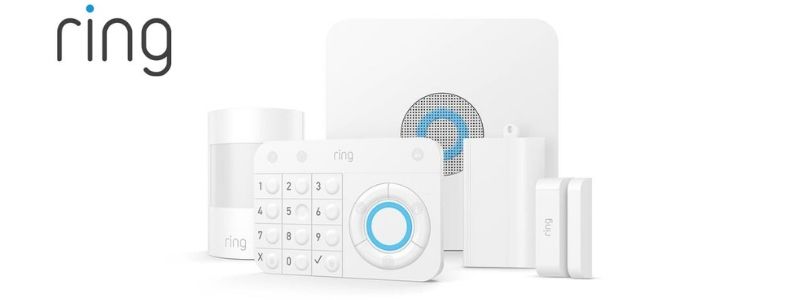
Pros
- 24/7 customer service
- Wide variety of devices
- Affordable pricing
- Home automation options
Cons
- New on the market
- No video monitoring
- No à la carte option
Pricing, Plans, and Contracts
Like SimpliSafe, Ring doesn’t require you to sign a contract. A basic Ring Alarm system starts at around $200 for a base station, keypad, one contact/entry sensor, one motion sensor, and one range extender. Ring doesn’t offer any fully à la carte systems, but you can purchase a package and add on more individual devices.
Unlike SimpliSafe, Ring’s mobile app is free, so you can self-monitor your system. You can access your cameras’ live feed, use the two-way talk feature on the cameras and doorbell, and receive motion alerts without paying subscription fees.
If you want to save camera footage, you can pay $3 a month for the Basic Ring Protect Plan for one camera. If you also want professional monitoring and unlimited video cloud storage, it’s just $10 a month for the Ring Protect Plus Plan. All Ring Protect Plus subscribers also get 10% off all future equipment purchases and an extended warranty. Plus, paying for a full year of the Protect packages gets you two months free.
Contracts and Extended Warranties
There are no contracts with Ring. If you decide the system isn’t for you within the first 30 days, you can return it for a complete refund, but you’ll be charged $5 for shipping.
Ring offers a one-year warranty against defects for all equipment. For a one-time fee of $39.95 you can get Ring Assist Plus, which gives you an extended two-year warranty, a special VIP customer service phone number, and a lifetime protection plan to replace any equipment that gets stolen or damaged.
Customer Service
Ring’s customer service line is available 24/7, and so are its live online customer support agents.
The Better Business Bureau gives Ring a grade of A-,2 but while its doorbells are popular and get good reviews, Ring Alarm is new enough to the home security industry that there isn’t much customer feedback out there yet.
Home Automation
Ring Alarm devices are equipped with Z-Wave and Zigbee, making them compatible with a variety of third-party devices:
- Door locks by Schlage, Yale, and Kwikset
- Lights, plugs, and switches by GE and Leviton
- Smoke and carbon monoxide alarms by First Alert
Like SimpliSafe, Ring is also compatible with Google Home and Amazon Alexa.
Alarms and Notifications
The Ring app will send you notifications for motion events, doorbell rings, and opened contact sensors so you can self-monitor your system.
You can also sync your Ring with Alexa devices to control the system with your voice and get notifications.
With Ring, you can also access the Neighbors community in the same smartphone app as your security system. In the Neighbors community, you can see what your neighbors have noticed or caught on camera and hear from police about what’s going on. While anyone can use the Neighbors App (including SimpliSafe users), having it in the same spot as your security system cuts down the app clutter.
Equipment
Ring’s devices are similar to SimpliSafe’s with the addition of outdoor HD cameras and smart lighting.
When we conducted our Ring Doorbell review, we found it to have slightly better night vision than SimpliSafe’s doorbell cam.
Learn more about our top picks for the best smart doorbells, including the Nest Hello doorbell and ADT doorbell.
The batteries on Ring devices—like its motion detector and door and window sensors—last longer than SimpliSafe’s because the devices use radio frequencies rather than your home’s Wi-Fi.
Who Ring Is Best For
If you’re willing to take a bit of a gamble on a newer security system, Ring might pay off. It’s a good setup if you’d rather self-monitor your home and avoid monitoring fees, and it’s also a nice option if you think you’d like to get smart security locks and lights working with your system’s sensors.
Read more in our Ring review.
Our Final Pick
When it comes to SimpliSafe vs. Ring, it’s a close call, but SimpliSafe comes out on top for its established reputation. It’s affordable and easy to install and use, it has customer-friendly policies, and it’s continuing to expand its home automation. We’ll be watching Ring to see if it holds its own.
How We Picked the Best Home Security System
We’ve tested cameras and doorbells from both Ring and SimpliSafe, but in order to research each company’s security systems we had to dig deeper. We spent about five hours combing through each company’s website, we read close to a hundred customer reviews, and we watched about a dozen hands-on video reviews of each system to better understand their pros and cons. To find out more about how we rate and review security systems, check out our full methodology.
Sources
- Better Business Bureau, “SimpliSafe”
- Better Business Bureau, “Ring”
The post SimpliSafe vs. Ring Alarm Home Security appeared first on SafeWise.
Article source here: SimpliSafe vs. Ring Alarm Home Security


